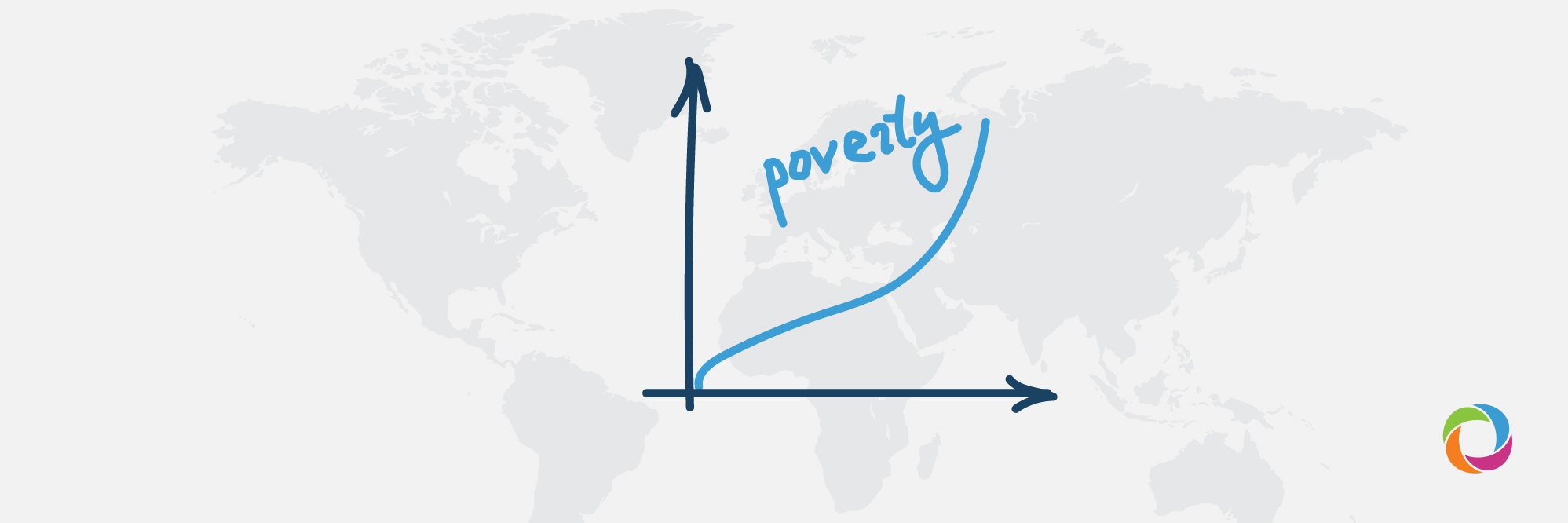According to the International Labour Organization, 2.7 billion workers worldwide are currently affected by partial or full lockdowns following the spread of COVID-19. The United Nations predicts the loss of employment for 200 million workers in the next three months alone. To date, various estimates have been made to evaluate the consequences of the rapidly intensifying economic effects of COVID-19. These dire predictions forecast increasing global poverty and the possible challenges to the 2030 Sustainable Development Goals Agenda.
A new working paper from the United Nations University’s UNU-WIDER has sought to estimate the possible short-term poverty impact of COVID-19 in developing countries. The paper forecasts that, for the first time since 1990, the world could witness an increase in the number of people living below the poverty line. This overturning of the earlier trend, coupled with the potentially dramatic increase of people living in poverty, could represent a reversal of approximately a decade of progress in reducing poverty.
In order to formulate the predictions, the researchers looked at the potential decrease in per capita household income or consumption across the developing regions. Three prospective scenarios were tested: low, medium and high global decreases of 5%, 10%, and 20% while calculating the impact using the international poverty lines of US$1.90, US$3.20 and US$5.50 per day.
In the first scenario involving a relatively small decrease of 5% in per capita income or consumption, the number of people living in poverty in the world could increase, in comparison to 2018, by between 85–135 million. The next dreadful scenario shows that a 10% decrease could result in an additional 180–280 million people living in poverty. In the most extreme scenario of a 20% decrease, the number of people living in poverty could increase by a startling 420–580 million.
Every developing region in the world is in danger of experiencing one of the above scenarios, with their current level of development making a difference as to how badly they will be affected. In particular, it is estimated that the hardest hit regions would be MENA, South Asia and Sub-Saharan Africa, either because of their relatively slow progress in reducing poverty over the last few years or because of their already high poverty levels. In MENA, a 10% decrease could aggravate the rising trend in poverty observed since 2013 reaching as high as those levels observed in 1990.

The estimated forecasts presented have certain important limitations since the research omitted critical factors such as the labor market and social and fiscal policies as well as the recent pandemic policy interventions. Although the researchers admit that predictions of the impact on welfare due to the current pandemic could be overestimated, “the real outcomes will be dramatic across developing countries”. The scenario which would unfold depends largely on the duration of the pandemic and the lockdown measures, as well as the actions taken by governments and the international community.
Currently, estimates of the poverty impact of COVID-19 in developing countries across the world have been made by the International Labour Organization (ILO), the International Food Policy Research Institute (IFPRI) and, most recently one from the United Nations University’ UNU-WIDER.
For a more efficient response to the COVID-19 pandemic, DevelopmentAid is granting free access to COVID-19-related tenders and grant notices gathered together on its platform.

